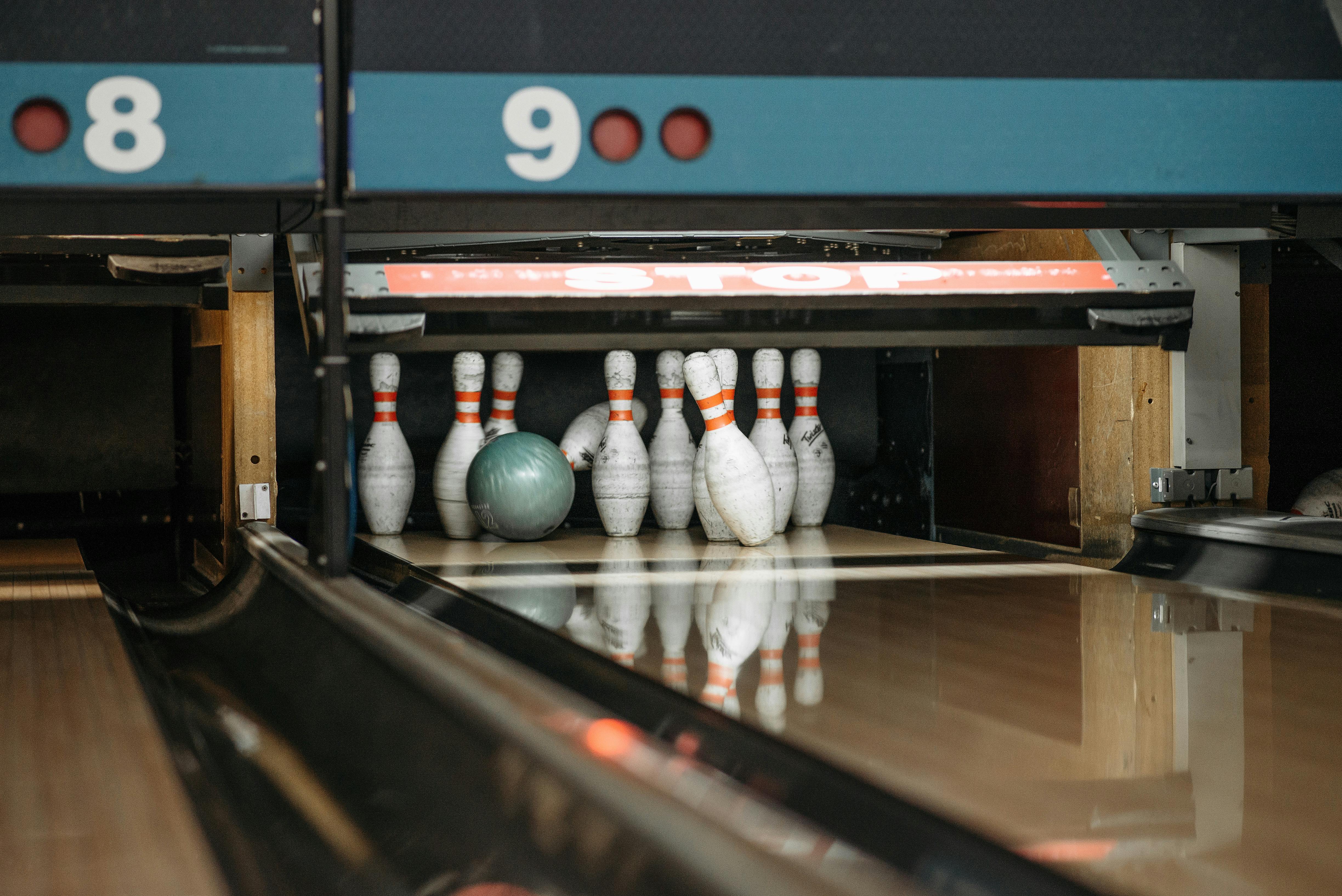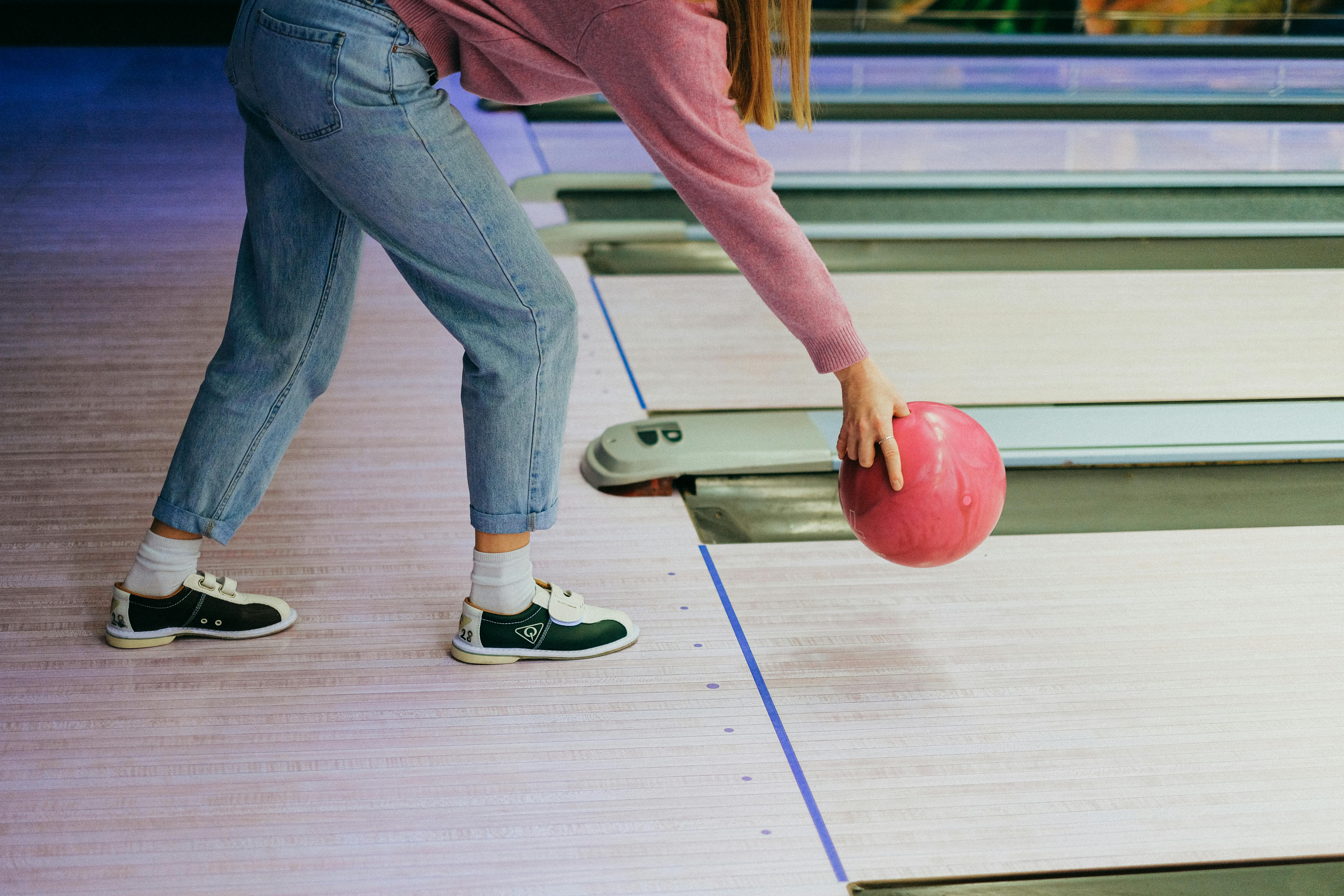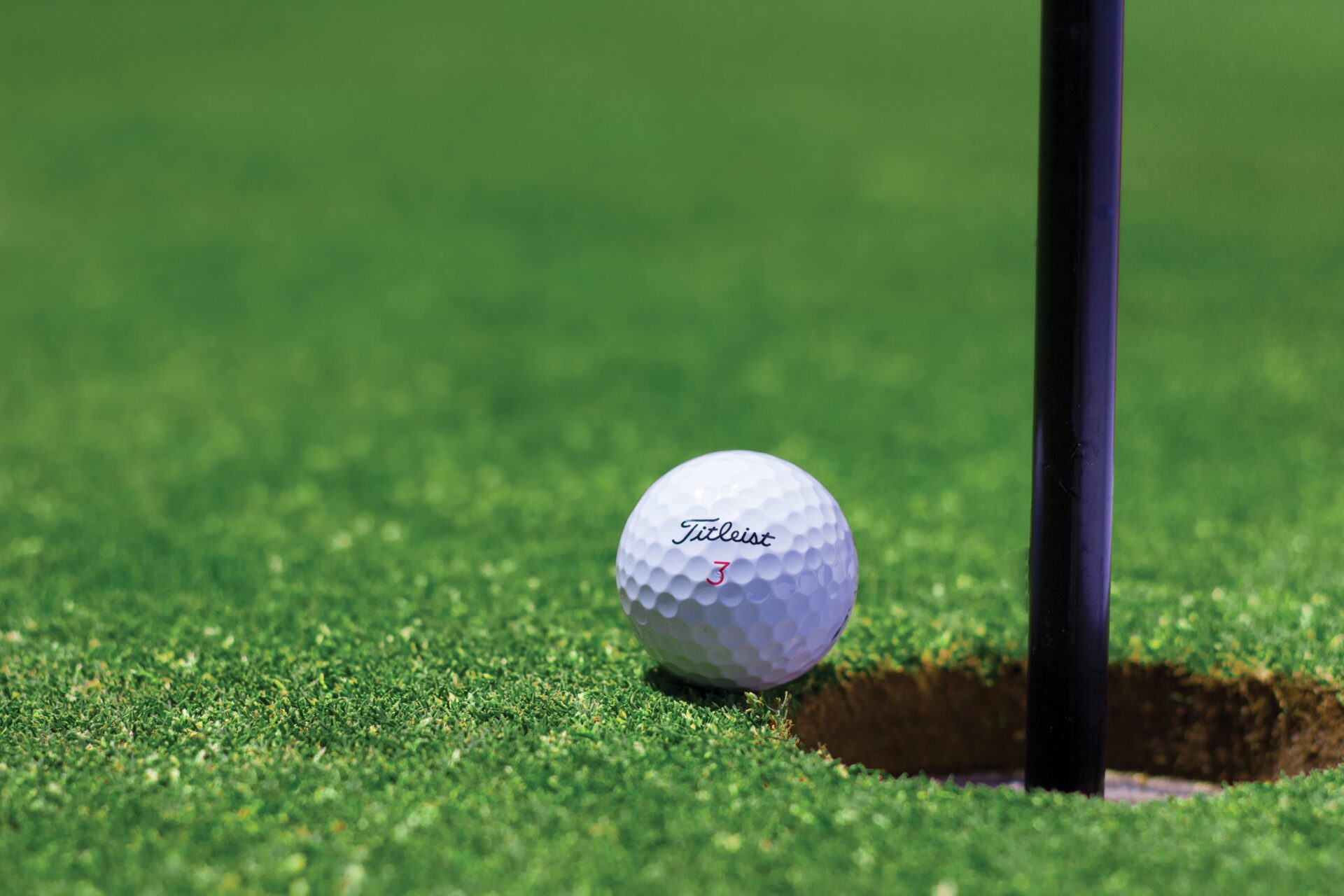Increasing your bowling ball speed can help you have more control over your shots and help you increase your score. Having a faster ball speed gives you an advantage, as it increases the chances of knocking down all the pins with each roll. With some practice and knowledge, you can learn how to increase your bowling ball speed and become a better bowler. In this guide, we will discuss some of the best ways to increase your bowling ball speed.The physics of bowling ball speed is based on the concept of Newton’s Laws of Motion. Specifically, the force generated by the bowler when they swing their arm forward while releasing the ball is what causes it to move forward and gain speed. The speed of a bowling ball is dependent on several factors such as its mass, the angle at which it is released from the hand, and the amount of friction between it and the lane surface. Additionally, as more force is applied to the ball from release, more energy can be transferred to it, causing an increase in its speed. By controlling these factors and understanding how they affect bowling ball speed, a bowler can better optimize their technique for maximum performance.
Choosing the Right Bowling Ball
Bowling is a great way to have fun and stay active. But in order to get the most out of your bowling experience, you need to make sure you have the right bowling ball. Finding the right ball can seem like a daunting task, but it doesn’t have to be. With a few simple tips and some practice, you’ll be sure to find the perfect ball for you.
The first thing to consider when choosing a bowling ball is your skill level. If you are just beginning, it is important to start with a lighter bowling ball that won’t be too hard on your arm or shoulder. As you get more experienced, you can switch to heavier balls that will give you more control and power. You should also consider your hand size and grip strength when selecting a ball.
Another important factor when selecting a bowling ball is material and color. Most bowling balls are made of plastic or urethane, and come in various colors such as red, blue, green, pink and more. While color may seem like an insignificant factor, it can actually help improve your game by making it easier for you to see where your shots are going.
Finally, don’t forget about price. Bowling balls come in all shapes and sizes at different price points so make sure you shop around before settling on one. Check out reviews from other bowlers or ask someone at your local bowling alley for their opinion on certain brands or models before making your final decision.
Choosing the right bowling ball can make all the difference in your game. With these tips in mind, finding the perfect one for your needs should be easy!
Keep Your Thumb Out of the Ball
When playing any game that involves a ball, it is important to keep your thumb out of the ball. This applies to all sports, ranging from baseball and basketball to football and soccer. Keeping your thumb out of the ball helps to ensure that you have a better grip on the ball, which can lead to better accuracy and control. Additionally, having your thumb in contact with the ball can increase your risk of injury.
When using a baseball or softball bat, it is important to keep your thumb tucked away from the bat handle. If your thumb is in contact with the handle while swinging, it can cause the bat to twist in an unnatural way and result in an injury. To avoid this, make sure to keep your hand gripped firmly around the handle and keep your thumb tucked away towards the inside of your palm.
When shooting a basketball or football, make sure that you do not rest your thumb on top of or underneath where you are gripping the ball. This can limit how accurate and powerful you can shoot as there will be less control over where it goes due to lack of grip strength. Instead, focus on keeping four fingers up front on top of the ball while keeping one finger underneath for support and stability.
In soccer, it is important that players keep their thumbs tucked away when dribbling or passing as well. The same principles apply here as with any other sport; having your thumb in contact with the ball can limit grip strength and control over where it goes upon release from either a dribble or pass. Make sure that when dribbling or passing you are using all four fingers up front along with one finger underneath for support and stability instead of allowing any part of your hand or fingers to come into contact with the sides of the ball.
In general, keeping one’s thumbs out of contact with any type of sport involving a ball is essential for maintaining good technique and avoiding injuries. It may take some practice at first but once you get used to it, having proper form will become second nature!
Practice Proper Hand Position
Having proper hand position is essential for playing any instrument. When playing the guitar, it is important to keep your hands in the correct position so that you can form chords correctly and play with a smooth sound. Proper hand position involves keeping your thumb behind the neck of the guitar, with your fingers curved in a “C” shape. Your thumb should be aimed at the back of the neck, while your fingers should be spread evenly across all of the strings. This will give you greater control over how you play and allow you to form chords more easily.
It’s also important to keep your wrists in a relaxed position when playing. Your wrists should not be bent too far up or down, as this will cause discomfort and make it difficult to play properly. Instead, try to keep them in a straight line with your hands and arms. This will help reduce tension and ensure that you have full control over how you move your fingers.
Lastly, make sure that your hands are close together on the fretboard. Keeping your hands closer together will help you move between chords more quickly and accurately. Additionally, it is important to ensure that each finger is touching only one string at a time when forming chords or playing notes. Doing this will give you greater accuracy when playing and help you form chords more smoothly.
Start with a Good Grip
Having the right grip on your golf club is one of the most important aspects of any golf swing, and it can make a huge difference in how well you play the game. A good grip will ensure that you have proper control over the club and that you are able to generate maximum power when you hit the ball. It is important to remember that not all players have the same sized hands, so it is important to find a grip that is comfortable and works for you.
The first step in getting a good grip is to choose the right size of golf club for your hands. The size of your club should be proportional to your hand size, so it may be necessary to try out different clubs before settling on one that feels comfortable in your hands. Once you have found the correct size, it is time to start practicing with different grips until you find one that works best for you.
The basic grip consists of placing your left hand on top of the club and wrapping your right hand around it. You want both hands to be about equal distance from each other and even pressure should be applied from both hands. Your thumb should be placed along the shaft and point towards your right shoulder while your left thumb should point towards your left shoulder. Additionally, make sure that there is no gap between your palms as this will help ensure maximum control over the club head during each swing.
Once you have found a grip that feels comfortable, it is time to practice with it until it becomes second nature. Remember that every player has their own unique style when they play golf, so do not be afraid to experiment with different grips until you find one that feels best for you! With practice and dedication, having a good grip can make all the difference in improving your game!

Apply Proper Arm Swing Mechanics
Having proper arm swing mechanics is essential for any athlete looking to improve their performance in any sport. The arm swing is a key component of the body’s kinetic chain, which affects how power is generated and transferred through the body. It is important to understand the basic principles of arm swing mechanics in order to maximize power and improve performance.
The ideal arm swing involves a full range of motion, from shoulder extension and abduction, to elbow flexion and extension. The arms should be extended outward as far as possible during the backswing phase, and then retracted back towards the body during the forward swing phase. This full range of motion helps create a powerful connection between the upper body and lower body muscles, allowing for more efficient transfer of energy from one to the other.
It is important to maintain a good posture throughout the arm swing, with your chest up and shoulders back. This will help ensure that you are able to generate maximum power with each stroke. Additionally, your wrists should remain in a neutral position at all times during the arm swing; excessive wrist movement can lead to inefficient power transfer and potential injury.
Finally, it is important to pay attention to your breathing during each stroke; taking deep breaths while you are swinging will help ensure you are able to generate maximum power with each stroke. Taking deep breaths will also help you stay relaxed and focused on your technique while you are swinging.
By following these basic principles of arm swing mechanics, you can ensure that you are able to generate maximum power with each stroke while minimizing any potential risk of injury due to improper technique or form. With practice and dedication, mastering proper arm swing mechanics will be sure to improve your performance in any sport or physical activity!
Follow Through After Release of the Bowling Ball
Following through after releasing the bowling ball is an important step in delivering the ball accurately and with the proper spin. Proper follow through is essential to ensure that the ball rolls along its intended path. Without proper follow through, a bowler may find their ball deviating from their target and not hitting the pins at all.
The follow through should begin as soon as you release the ball and should continue until your arm is fully extended in front of your body. As your arm follows through, it should move in a straight line towards your target. You want to make sure that you keep your arm and wrist straight throughout this motion. This will help to ensure that you maintain proper control of the ball as it rolls down the lane.
Once you have released the bowling ball, it is important to keep your eyes on it until it reaches its destination. This will help you to adjust if necessary and make any corrections for any deviations from its intended path. It is also important to remain relaxed throughout this motion so that you don’t interfere with or disrupt the roll of the ball by tensing up or jerking abruptly.
Following through after releasing a bowling ball is an essential step for ensuring accuracy and consistency in your game. Make sure that you keep your arm and wrist straight during this motion, keep your eyes on the ball until it reaches its destination, and remain relaxed throughout this process to avoid disrupting or interfering with its roll down the lane.
Make Footwork and Balance an Essential Part of Your Game
Good footwork and balance are essential elements of any successful sports performance. Without the proper footwork and balance, it is difficult to move quickly and efficiently. With footwork and balance, you can move more quickly, with greater control. You can also maintain better posture throughout the game, which helps you remain focused and in control.
The first step in improving your footwork and balance is to focus on your posture. Make sure that your head is up, shoulders back, chest out, and feet firmly planted on the ground. When practicing drills, pay attention to how you are moving your feet and body. Are you stepping forward or backward? Are you pivoting? Are you keeping your weight evenly distributed across both legs?
Once you have mastered proper posture, make sure to practice drills that involve quick movements such as turning, jumping, or running in different directions. This will help strengthen your muscles and give you greater agility when playing the game. It will also help prevent injuries by helping you maintain better balance while playing.
It is also important to practice proper form when lifting weights or doing other strength exercises. This will help ensure that your body is in the best shape possible for playing sports. Make sure to focus on maintaining good posture while lifting weights or doing any type of strength exercises as well as doing proper stretching before and after workouts.
By focusing on good footwork and balance during practice sessions as well as during games, you can improve your overall performance significantly. This will help make sure that your moves are efficient and controlled so that you can stay ahead of the competition throughout the game. With improved footwork and balance, you can be sure that you are giving yourself every opportunity to succeed!

Conclusion
Increasing bowling ball speed can be a challenge if you are just starting out. However, by following these tips and using the right equipment, you can increase your ball speed. Start by focusing on your form and technique, as this will help you to achieve the correct release. Make sure that your ball weight is suitable for your arm strength and use a reactive resin coverstock to get more hook on the lane. Lastly, use a fingertip grip for increased control and higher rev rates. With enough practice and dedication, you’ll be able to increase your bowling ball speed in no time!
So there you have it – a comprehensive guide on how to increase your bowling ball speed! Now that you know what steps to take, go forth and master your game!




